A History of Ultimate Boat Protection
If you ‘ve equipped your boat with a Megaware KeelGuard, you’re already enjoying top-tier boat protection. But do you know what sets this premium keel protector apart from the rest? Dive into the history of Megaware and discover how it revolutionized boat protection over the decades.
Boat Protection History: The ’90s – A Game-Changing Era
Later, on April 1st 1998, David Shumway and his family took ownership of the company. “The KeelGuard already proved itself a winner – it practically sells itself,” Shumway said. “So, I was confident that by combining it with our marketing expertise, we could improve sales.”

The original Megaware KeelGuard Model 100 in white.
With the business transition, Megaware phased out Models 100 and 101, to focus on the upgraded Model 102. At 5 inches wide, with patented hydrodynamic grooves and enhanced surface area, the Model 102 KeelGuard offered superior protection at a comparable price. “It made the earlier models obsolete,” Shumway noted. “Moreover, we’re always researching ways to make it even better.”
Indeed, they have.
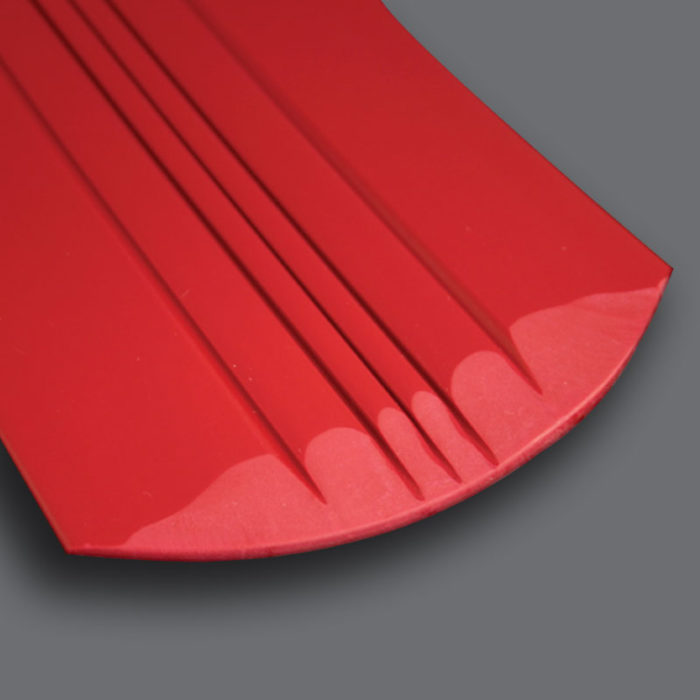
Close-up of Megaware KeelGuard Model 102 in red.
Boat Protection History: The 2000s – Innovation Takes Hold
Subsequently, under the leadership of David’s son, Ryan Shumway, now the CEO, Megaware solidified its reputation as an industry pioneer. “We continue to innovate and constantly update our products. We’re committed to testing and researching to ensure we are using the latest and best materials available. Our products are constantly evolving with the industry.”
For instance, in 2006, Megaware added advanced UV inhibitors to prevent sun-induced discoloration. While competing keel protectors on the market begin turning yellow due to sun exposure, the KeelGuard’s vibrant finish stayed intact.
Then, in 2013, a collaboration with 3M engineers led to a stronger adhesive, eliminating delamination entirely. “Our 100% hassle-free warranty is easy to stand by when issues are nonexistent,” David quipped.
Furthermore, Megaware has continued to evolve Model 102 with unique features like a self-sealing contoured edge. “Our KeelGuard is the only do-it-yourself keel protector to offer a self-sealing contoured edge. This patented design, eliminates the need to apply messy sealants along the edge as is recommended by competing products.” Ryan shared. “Furthermore, anti-fungal agents were added to withstand harsh marine environments.”
Megaware’s line of keel protectors fit nearly any vessel. Available in nine sizes to accommodate boats between 14 and 30 feet in length (with custom lengths available), plus a wide array of color choices to match almost any boat.
Boat Protection Today: Expanding the Legacy
Beyond that, Megaware didn’t stop at keel protection. In 2016, they launched the Pontoon Guard, a 3.5-inch-wide protector for pontoon boats. “This product goes down the side of the pontoon. It provides protection to the side of the tubes against abrasion and chafing caused by docks, other pontoons, and hidden obstacles.” David explained. “We incorporated a special 3M reflective strip into the design for safety. This reflective strip improves visibility at night or in low-light conditions.” The Pontoon Guard comes in pairs of 16ft and 20ft lengths with 2 color options, it’s a must have for pontoon owners.
Megaware has not sat idle in other ways to protect boats. In addition to the KeelGuard, Megaware introduced the SkegGuard and SkegPro to their line of products. Both the SkegGuard and the SkegPro protect boat motors from wear and breakage while offering an affordable fix for damaged skegs.
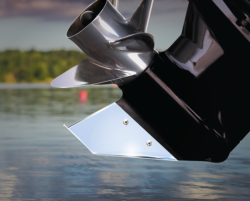
Later, Megaware added two additional products. The ScuffBuster was added to protect against unsightly marring from the trailer roller on the bow. And in 2017, Megaware released the FlexStep Pro, an adjustable trailer step. The FlexStep Pro not only makes getting in and out of the boat easier, but makes it safer as well.
Why Choose Megaware KeelGuard?
The Megaware motif is protection and Megaware has been at the center of boat protection history. Over 25 years of producing boat protection products has brought satisfaction and loyalty that the Shumway family does not take lightly. “We believe in our products,” Ryan said, “and we’re grateful for the trust our customers and business partners put in us.”
Whether it’s the KeelGuard, the Pontoon Guard, SkegGuard, or beyond, Megaware offers a full lineup of durable, user-friendly solutions.
So, ready to protect your boat? Explore Megaware’s boat protection products online or at major outdoor retailers like Bass Pro and West Marine stores nationwide.
Originally published on March 15, 2018. Updated on February 27, 2025.

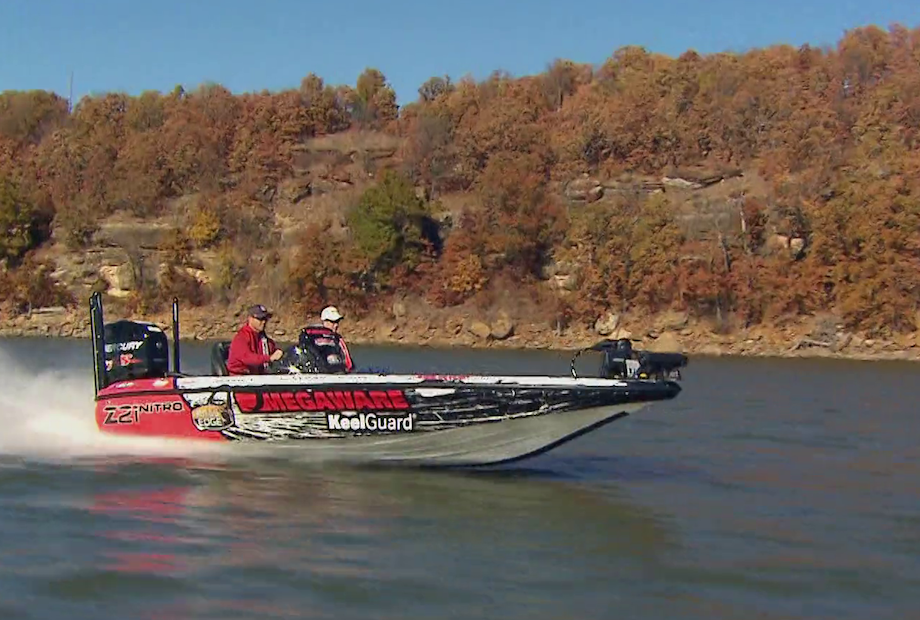
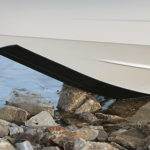
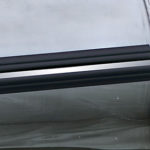
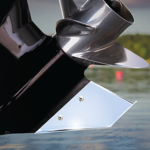

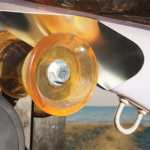
Comments